... The chief, if not the sole beneficiaries of foreign aid, Hancock shows, are the local elites in the recipient countries, special interest groups in the developed counties, and the aid bureaucracy itself. The chief losers? TheFirst World taxpayers and the poverty-stricken in the Third World.
The aid “industry” is quite lucrative for those who administer its programs. Incomes for employees of international agencies are determined by the “Noblemaire Principle,” named after Georges Noblemaire, an employee of theLeague of Nations in the 1920s. According to this principle, salaries for employees of international organizations should be high enough “to attract as employees citizens of the country with the best-paid national civil service.” United Nations pay rates, Hancock notes, must therefore exceed “those of the federal civil service of the richest country on earth—the United States.”
As a result, not only does base pay for U.N. officials exceed that for U.S. civil servants by an average of 25 percent, but the fringe benefits are also far more lucrative. Promotion comes twice as fast for U.N. employees than for U.S. civil servants. It takes a U.S. civil servant 14 years to accumulate as much sick pay as a U.N. staffer is entitled to on his very first day. U.N. pensions exceed those of the U.S. civil servant by 43 percent. And this is only the beginning.
An increasingly large part of aid budgets is for travel (first class, of course). And most of the travel is not to poverty-stricken areas in the less-developed world, but to poverty seminars normally held at posh hotels in exotic and very attractive locations. In just one year, Hancock notes, the Executive Board of the Educational, Scientific and Cultural Organization received $1,759,584 for travel and lodging. During the same time it spent $49,000 on education for handicapped children in Africa, and $1,000 to train teachers in Honduras.
Interestingly, despite the Noblemaire Principle which is supposed to attract experts, U.N. agencies increasingly rely on the expertise of “outside consultants.” The minimum salary for a consultant is $100,000. The average salary is probably closer to $150,000. Since the number of consultants exceeds 150,000, this puts the cost at more than $22 billion. When the salaries of the regular employees are combined with the costs of consultants, the amount is well over half of all that is spent by governments on aid each year. In fact, “personnel and associated costs,” Hancock notes, “today absorb a staggering 80percent of all U.N. expenditures.”…
















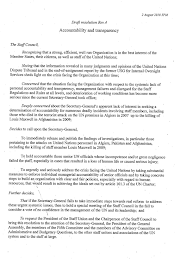

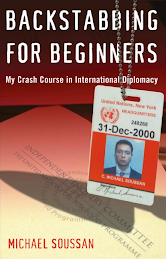
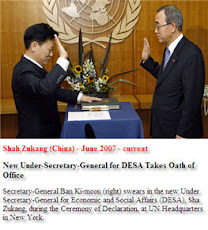
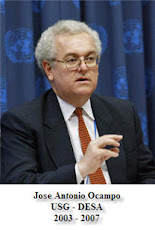
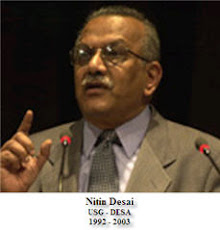
No comments:
Post a Comment